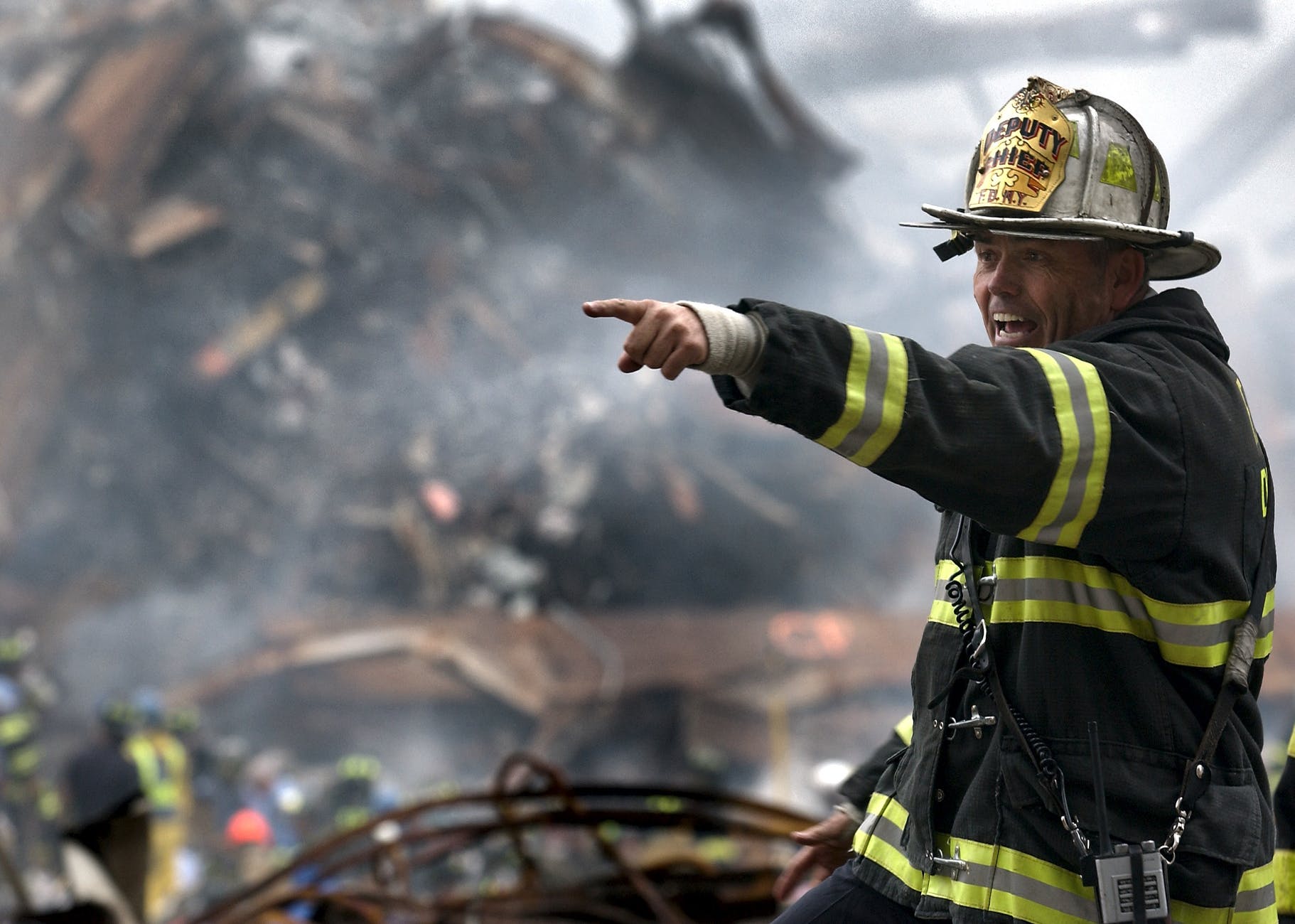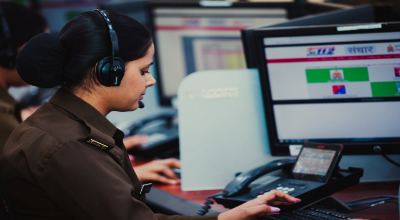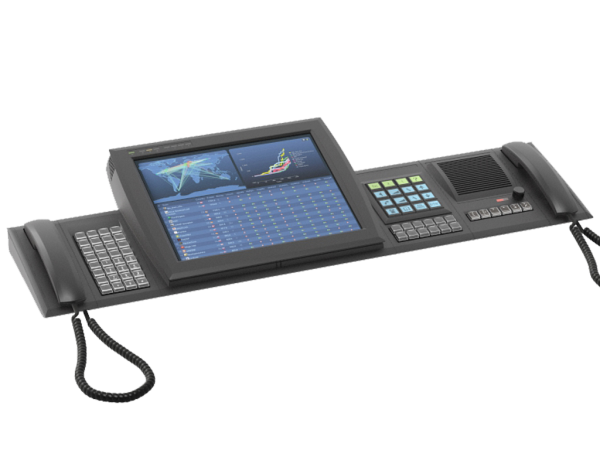Dispatch Terminals
Dispatch Terminals
Dispatch is a procedure for assigning employees (workers) or vehicles to customers. Industries that dispatch include taxicabs, couriers, emergency services, as well as home and commercial services such as maid services, plumbing, HVAC, pest control and electricians.
With vehicle dispatching, clients are matched to vehicles according to the order in which clients called and the proximity of vehicles to each client's pick-up location. Telephone operators take calls from clients, then either enter the client's information into a computer or write it down and give it to a dispatcher. In some cases, calls may be assigned a priority by the call-taker. Priority calls may jump the queue of pending calls. In the first scenario, a central computer then communicates with the mobile data terminal located in each vehicle (see computer assisted dispatch); in the second, the dispatcher communicates with the driver of each vehicle via two-way radio.
With home or commercial service dispatching, customers usually schedule services in advance and the dispatching occurs the morning of the scheduled service. Depending on the type of service, workers are dispatched individually or in teams of two or more. Dispatchers have to coordinate worker availability, skill, travel time and availability of parts. The skills required of a dispatcher are greatly enhanced with the use of computer dispatching software (see computer aided call handling).
What does an Emergency Dispatcher do?
Police, fire, and rescue vehicle dispatchers answer calls for crisis and non-crisis circumstances. They react to demands from individuals who need assistance from firemen, police, crisis administrations, or a blend of the three. Crisis dispatchers essential obligation is to organize the reaction group and train the guest while sitting tight for help.
Police, fire, and rescue vehicle dispatchers essential obligation is to encourage crisis administrations and answer crisis, and non-crisis calls. They figure out what sort of emergency it is, the crisis area, and send the suitable reaction dependent on office systems. They should convey exact data to the suitable specialist on call office and arrange crisis reaction staff's dispatch to mishap scenes or fitting areas.
Dispatchers give fundamental via telephone clinical directions when essential before crisis faculty show up on the scene. They additionally give counsel to guests on how best to stay safe while sitting tight for help. They frequently screen and track the states fire, police, and rescue vehicle units and synchronize reactions with other zone correspondence focuses when essential. All dispatchers should report and record itemized data on all calls got. Information is gathered by telephone and signed on a PC—fundamental realities, for example, the idea of the episode, the guest's name, and area.

Compuer Aided dispatch
Computer-assisted dispatch systems use one or more servers located in a central dispatch office, which communicate with computer terminals in a communications center or with mobile data terminals installed in vehicles. There are a multitude of CAD programs that suit different department needs, but the fundamentals of each system are the same. They include:
- Log on/off times of police personnel (sworn/non-sworn)
- Generating and archiving incidents that begin with a phone call from a citizen or originate from personnel in the field
- Assigning field personnel to incidents
- Updating Incidents and logging those updates
- Generating case numbers for incidents that require an investigation
- Timestamping every action taken by the dispatcher at the terminal
In an ideal setting, a call is received by a call-taker and information about the call is inputted into the CAD template. Simply, location, reporting party and incident are the main fields that have to be populated by type-codes.
Dispatching Console Terminals
Consoles serve as a human interface and connect to push-to-talk dispatch radio systems. Audio from all channels is processed through audio level compression circuits and is routed to two separate speakers identified as select and unselect. Each has a volume control. The select channel or channels carry the highest priority communications. To prevent missed messages on critical channels, the select volume may be configured so it cannot be set to an inaudible level. Unselect channels may be used for special events, other agencies, or purposes that do not involve dispatch and may be inaudible. By pressing a button, any channel on the console can be toggled between select and unselect status. Each channel has an independent push-to-talk button, allowing the dispatcher to talk over one channel at a time. For broadcast messages, a single button transmits over all selected channels at the same time.
More information on Dispatch Terminals Read more in this Link.


Comments
Post a Comment